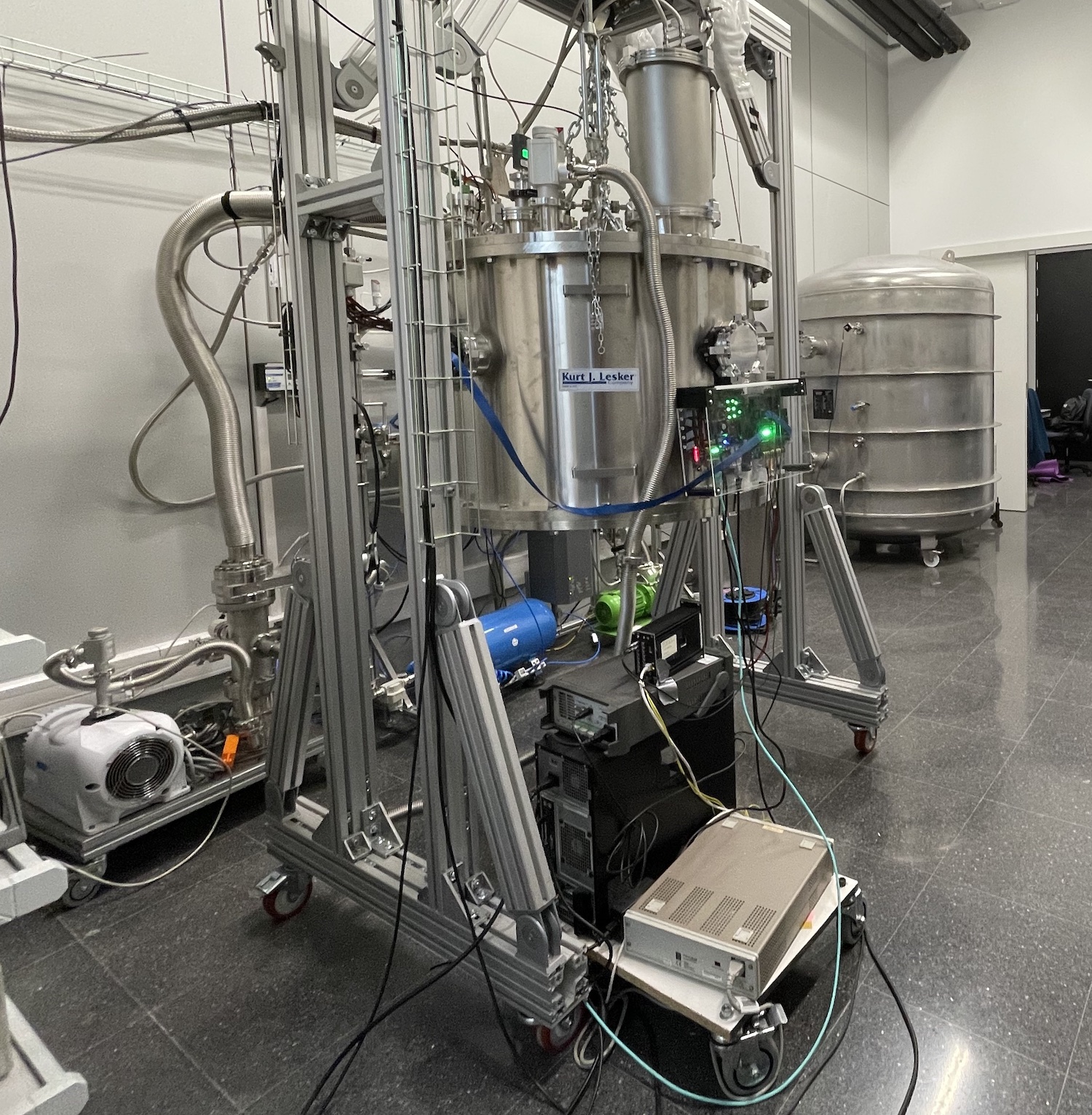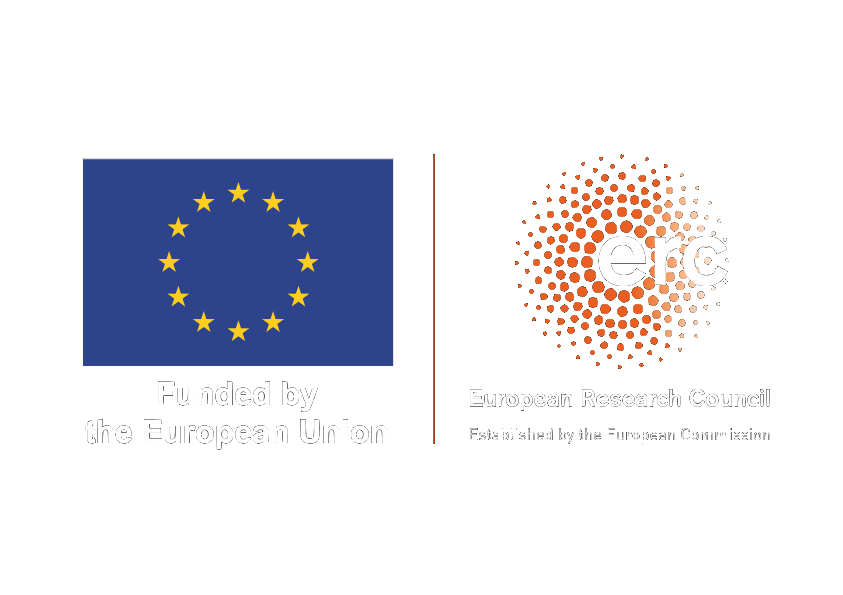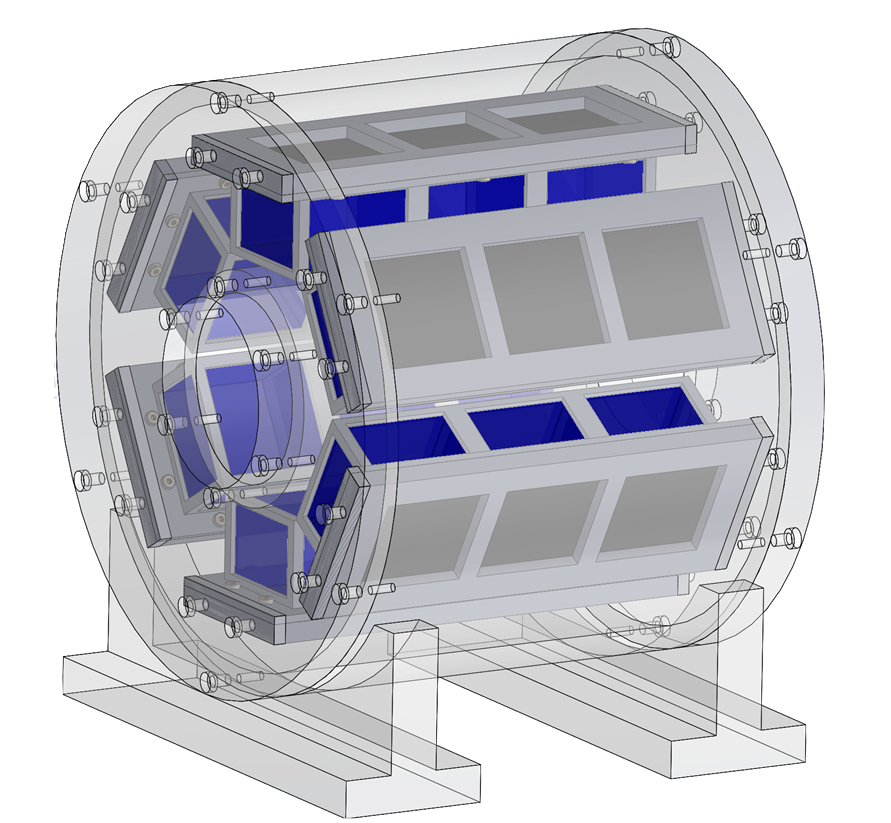PET R&D
PETALO

The PETit prototype.
PETALO is a novel concept for Positron Emission Tomography (PET), with the aim of improving image reconstruction and, therefore, lower the radioactive dosis received by the patient or the exposure time. The technique uses liquid xenon as a scintillator medium and silicon photomultipliers (SiPMs) as photosensors, to read the ultraviolet light emitted by xenon.
Liquid xenon has several advantages compared with scintillating crystals, used in conventional PET scanners, such as a high scintillation yield and a fast scintillation decay time. We have recently demonstrated that the energy resolution attainable only with scintillation light, without charge collection, is excellent for the energy relevant in PET. Moreover, being a continuous medium, liquid xenon allows for a better scalability to total-body PET scanners. Last but not least, SiPMs have negligible dark current at the cryogenic temperatures of liquid xenon.
The PETit prototype is operating, with the aim of demonstrating energy and time resolution and optimizing the configuration of the detector.
The project is funded by the ERC Starting Grant ERC-2017-STG - 757829 - PETALO.

CRYSP

Engineering drawing of the CRYSP prototype with 6 monolithic CsI crystals.
This CRYSP project explores the possibility of employing pure cesium iodide (CsI) crystals for a total-body positron emission tomography (TB-PET) device. When operated at cryogenic temperatures, these crystals exhibit an excellent light yield, up to 120 photons/keV, which is approximately four times larger than LYSO. Although CsI has a slightly lower stopping power and a slower decay time compared with BGO and LYSO, its significantly lower price (3 to 5 times cheaper than its counterparts) could enable the realization of accessible TB-PET devices.
In this project we also investigate the feasibility of using larger, monolithic crystals read out by an array of solid-state photosensors. This approach significantly simplifies the device's design and assembly, further reducing costs. We show that modern machine learning algorithms for image processing can potentially enable the realization of a monolithic PET with performances analogous or better than a pixelated one.
Recent publications
-
Cryogenic cesium iodide as a potential PET material , 2406.13598 [physics.ins-det]. -
Measurement of the scintillation resolution in liquid xenon and its impact for future segmented calorimeters , 2210.07625 [physics.ins-det]. -
Monte Carlo characterization of PETALO, a full-body liquid xenon-based PET detector , JINST 17 (2022) P05044, 2109.12899 [physics.ins-det 10.1088/1748-0221/17/05/P05044 -
Monte Carlo study of the coincidence resolving time of a liquid xenon PET scanner, using Cherenkov radiation , JINST 12 (2017) P08023, 1706.07629 [physics.ins-det], 10.1088/1748-0221/12/08/P08023 -
Investigation of the coincidence resolving time performance of a PET scanner based on liquid xenon: a Monte Carlo study , JINST 11 (2016) P09011, 1604.04106 [physics.ins-det], 10.1088/1748-0221/11/09/P09011
